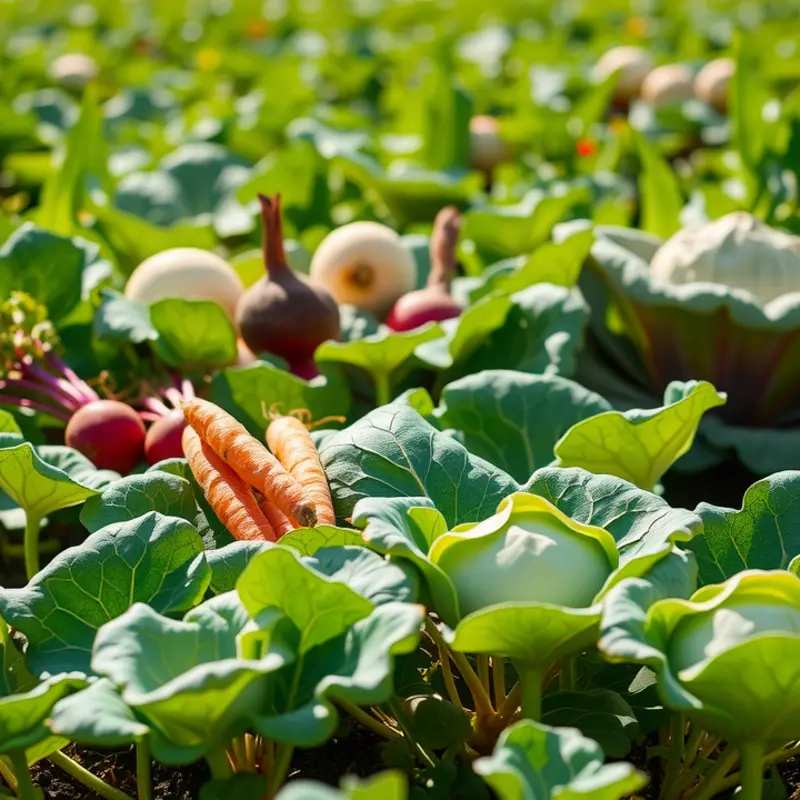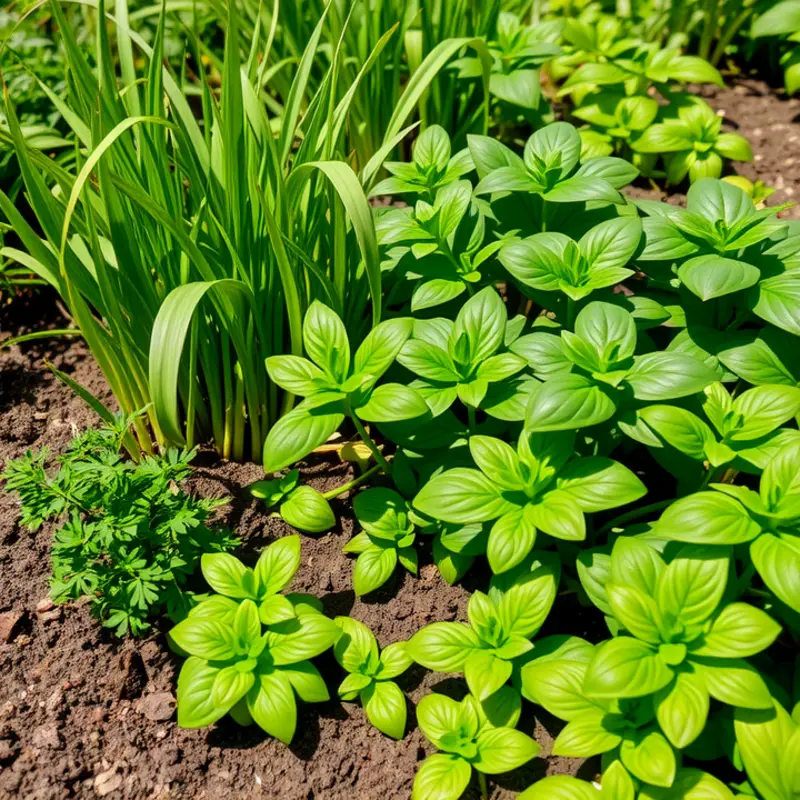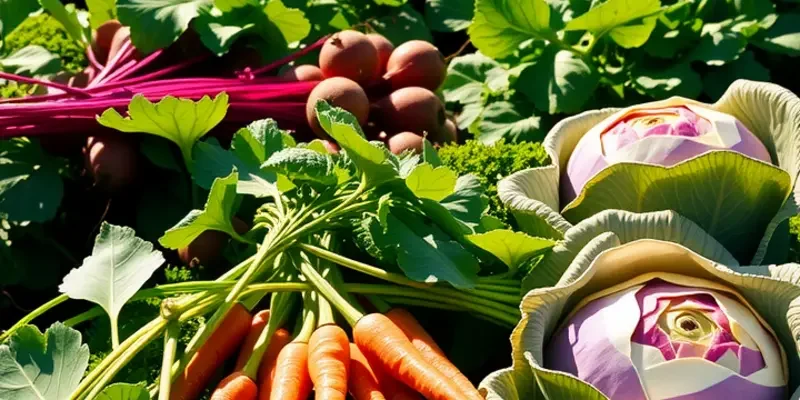Soups are more than just warm bowls of comfort; they’re a gateway to understanding diverse cultures. From the hearty stews of Eastern Europe to the fragrant broths of Asia, each ethnic soup tells a story of history, geography, and communal sharing. Joining together the freshest local ingredients, traditional recipes, and cultural practices, these soups not only nourish the body but also enrich the soul. Let’s embark on a culinary journey, uncovering the rich variations of ethnic soups across the globe.
The Heart of Eastern European Borscht

Borscht, with its vibrant red hue, is synonymous with the culinary spirit of Eastern Europe. This beet-based soup is not merely a dish; it narrates stories of resilience and unity. Tracing the origins of borscht takes us back centuries, with roots embedded deep in Ukrainian soil. In fact, the significance of borscht in Ukrainian cuisine cannot be understated.
The heartiness of borscht is defined by its primary ingredient: the humble beetroot. Yet, what makes borscht fascinating is its regional variations. Each part of Eastern Europe adds its own twist, influenced by local ingredients and culinary traditions. In Ukraine, borscht represents a vibrant symphony of flavors. The soup often includes mushrooms, potatoes, or cabbage, and is typically finished with a dollop of sour cream, which adds creaminess and balances the earthy flavor of the beets.
Moving westward to Poland, borscht transforms subtly. Polish borscht, or ‘barszcz’, often features a lighter broth and prominently showcases vegetables like cabbage alongside the beets. Sometimes, Polish borscht is served clear and is known as ‘barszcz czysty’, often accompanying Christmastime feasts. This version is typically enhanced with fermented beet juice, lending a signature tanginess.
Borscht’s role extends beyond mere sustenance. It frequently plays a central part in community and familial gatherings. Traditionally, the preparation of borscht is a communal activity, symbolizing warmth, togetherness, and hospitality. Whether part of a festive occasion or a daily meal, a warm bowl of borscht often signifies comfort and home.
To fully appreciate borscht’s diversity, one must recognize how local ingredients shift its character. In rural areas, where self-sufficient agriculture thrives, borscht benefits from fresh, locally-sourced produce. Utilizing what’s seasonally available ensures the flavors remain dynamic and region-specific. This aligns with principles of sustainable eating, where utilizing local resources reduces waste and supports eco-friendly practices.
Borscht is deeply connected with Eastern European identity. During historical moments of hardship, it was a staple that fortified communities. In celebratory contexts, it graces the tables, heralding abundance and communal joy. Its flexibility to evolve with each cultural influence yet retain a core identity is noteworthy.
As we savor each spoonful of borscht, we partake in a rich tapestry of history and culture. It’s a testament to how food, when interwoven with tradition and locality, becomes a powerful emblem of a region’s heritage and spirit.
Savoring Asian Aroma: Pho and Tom Yum

Pho and Tom Yum showcase the aromatic depth and complexity of Asian cuisine. Each of these venerable soups embodies the essence of its respective culture, marrying an assortment of herbs and spices to craft unforgettable flavor profiles.
Pho, a fragrant Vietnamese noodle soup, enchants the senses with its subtle yet profound layers of flavor. Central to its allure are the herbs that define its bouquet: Thai basil, cilantro, and mint. Thai basil provides a licorice-like aromatic sweetness, balancing beautifully against cilantro’s bright citrus notes. These herbs are usually added fresh at the end, ensuring a burst of fragrance each time they’re submerged in the warm, rich broth.
The broth itself is a work of art, typically simmered for hours with beef bones, star anise, and charred ginger. This slow simmering process extracts deeply savory flavors, achieving the umami-rich base that makes Pho so satisfying. Pho’s versatility allows it to adapt to modern tastes as well. Some contemporary versions incorporate chicken or seafood, highlighting how global influences can enrich traditional recipes without overshadowing their roots.
Transitioning to Thailand, Tom Yum is a spirited dance of spicy and sour notes, underpinned by its signature combination of lemongrass and kaffir lime leaves. These two ingredients provide Tom Yum with its unmistakable aroma and zing. Lemongrass imparts a fresh, citrusy fragrance, while kaffir lime leaves deliver a sharp, tangy punch that lifts the soup’s flavor dynamics.
Chilies and galangal are often included, contributing to its fiery heat and warm, earthy undertone. The interplay of these ingredients culminates in a broth that not only tantalizes the tongue but also invigorates the senses. As with Pho, modern interpretations of Tom Yum abound. It’s not unusual to find creative versions featuring tofu and mushrooms in place of shrimp or chicken, reflecting a broader move towards plant-based dietary practices which can be explored further in easy plant-based eating.
Both Pho and Tom Yum are more than just soups—they’re expressions of culture and culinary technique. Crafting the perfect Pho begins with toasting spices and carefully clarifying the broth, while Tom Yum requires infusing robust flavors without overpowering the delicate balance between spice and sourness. These techniques highlight the artistry involved in traditional Asian cooking, where precision triumphs to craft complexity from simplicity.
Exploring these soups offers a gateway to experiencing the rich culinary heritage of Vietnam and Thailand. Each bowl presents a snapshot of the landscape, climate, and agriculture that shape these regions’ gastronomy. With each aromatic sip, Pho and Tom Yum invite us to embark on a sensory journey through Asia, revealing the intricate tapestry of ingredients and techniques that define them.
Final words
Each ethnic soup carries with it layers of stories, flavors, and cultural significance, inviting us to reflect on our connections to food and community. From the simplicity of Borscht to the intricate aromas of Pho and Tom Yum, these soups not only satisfy hunger but also evoke feelings of nostalgia, warmth, and belonging. Exploring these culinary treasures opens up avenues for appreciating the diversity of human experiences through food. Next time you savor a bowl, remember the culture it represents and consider how it connects us all.








